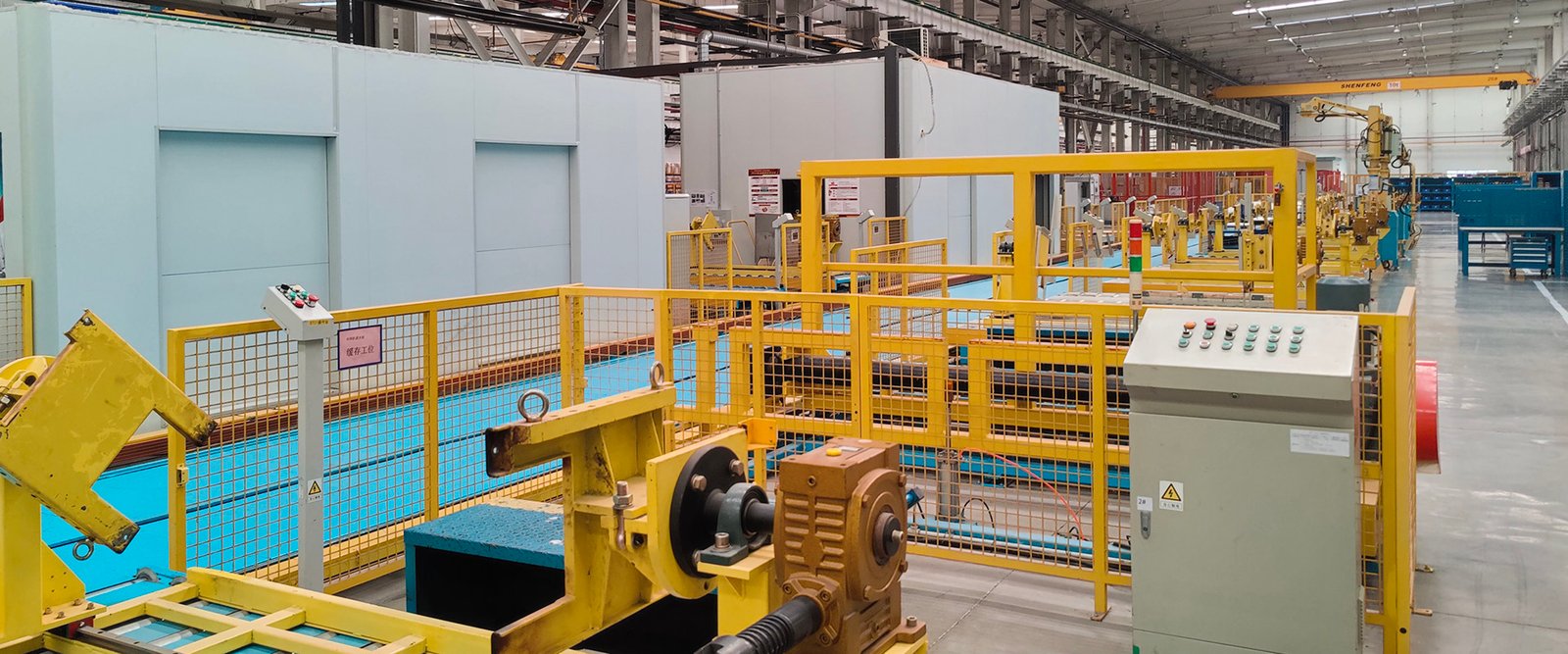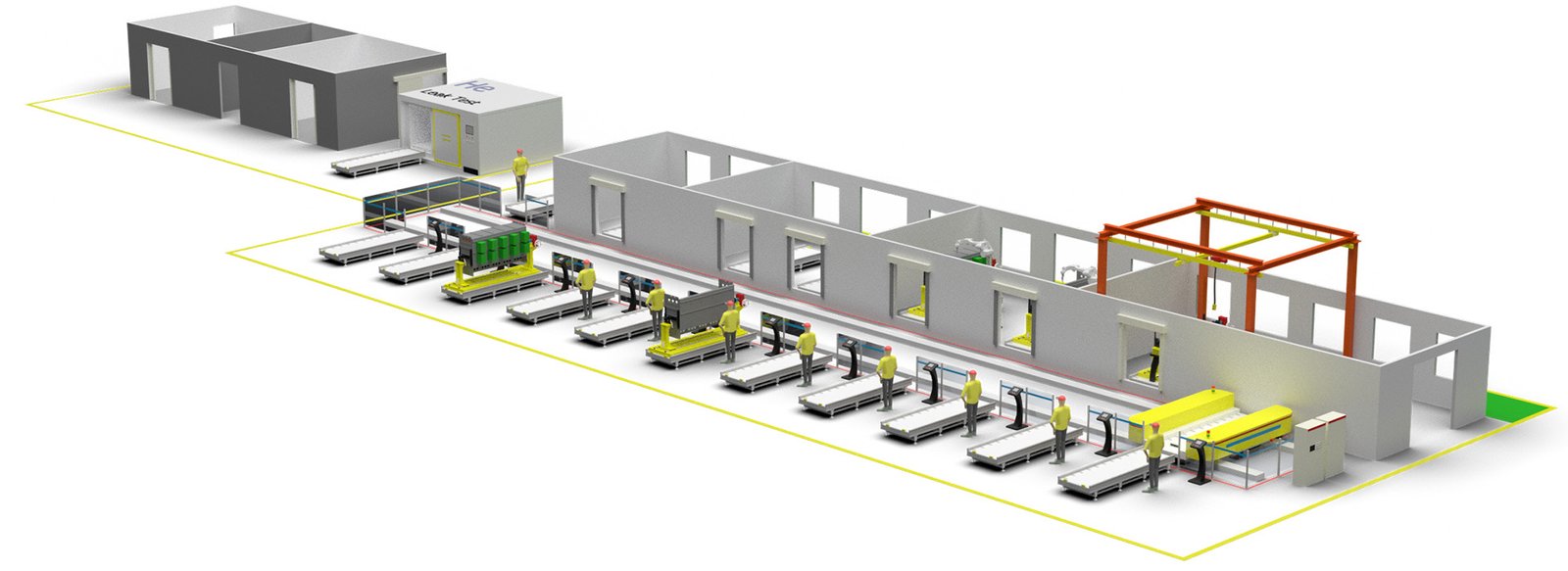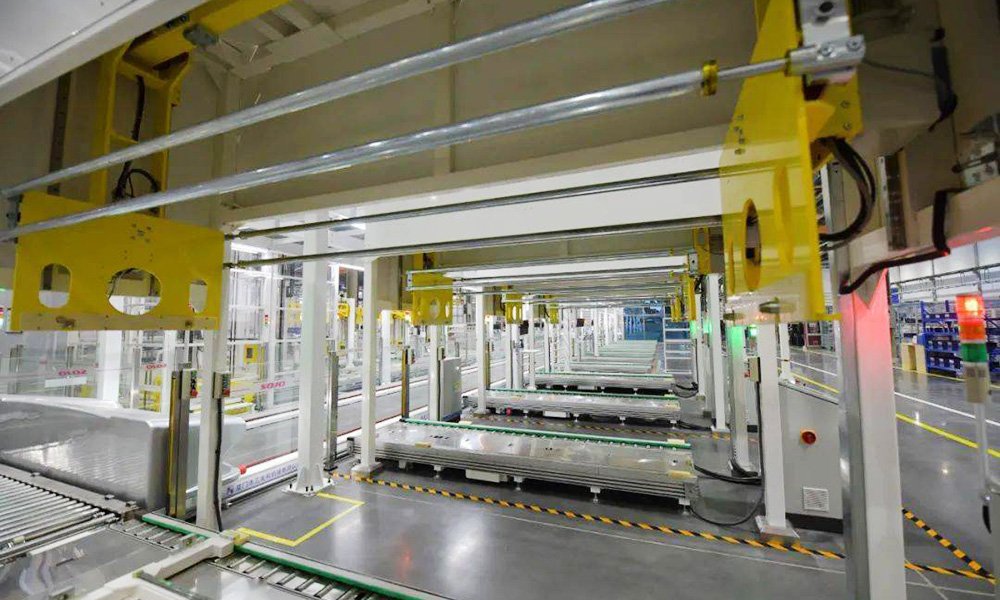RM6 Production line

The benefits of using a standardized production line to manufacture RM6 ring main units include increased efficiency, reduced costs, and consistent product quality assurance. Standardized production lines ensure that each product is manufactured according to the same standards and processes, reducing human errors and variations in the production process. Additionally, standardization helps to quickly respond to market demands and accelerate the time to market.
The structure of the RM6 ring main unit typically includes components such as load switches, grounding switches, and a front panel, which are equipped with mechanical interlocking devices to ensure operational safety. The RM6 switchgear also includes one to four integrated, compact functional units with fully sealed, fully insulated characteristics, including a stainless steel SF6 gas-insulated metal-enclosed chamber.

The assembly and testing process may include the following steps:
-Raw material preparation: Ensuring all components meet quality standards.
-Component assembly: Assembling various parts according to design drawings and process requirements.
-Welding: Using welding robots for precise welding to ensure the quality of the welds.
-Performance testing: Conducting various electrical performance tests on the assembled ring main unit.
-Quality inspection: Rigorous quality inspection of the product to ensure it meets standards.
-Packaging and shipping: Packaging qualified products for shipment.

The application of welding robots in the manufacturing of RM6 ring main units can greatly improve welding efficiency and quality, achieving automated production. Welding robots ensure the consistency and quality of the welds by precisely controlling welding parameters such as welding speed and current.
Helium leak detection is a highly sensitive leak detection technique commonly used to detect tiny leaks in sealed containers. In the production of RM6 ring main units, helium leak detection can ensure the sealing of the SF6 gas-insulated environment, thereby ensuring the safety and reliability of the product.
The MES (Manufacturing Execution System) plays a key role in the production of RM6 ring main units, as it can monitor the production process in real time, collect and analyze production data, optimize production planning and scheduling, and improve production efficiency and product quality. The MES can also integrate with other information systems such as Enterprise Resource Planning (ERP) systems to achieve comprehensive management and control of the production process.
